Here is my guide on all about electric bikes, how do e bikes work, electric bike benefits, and just practically everything you need to know about electric bike workings.
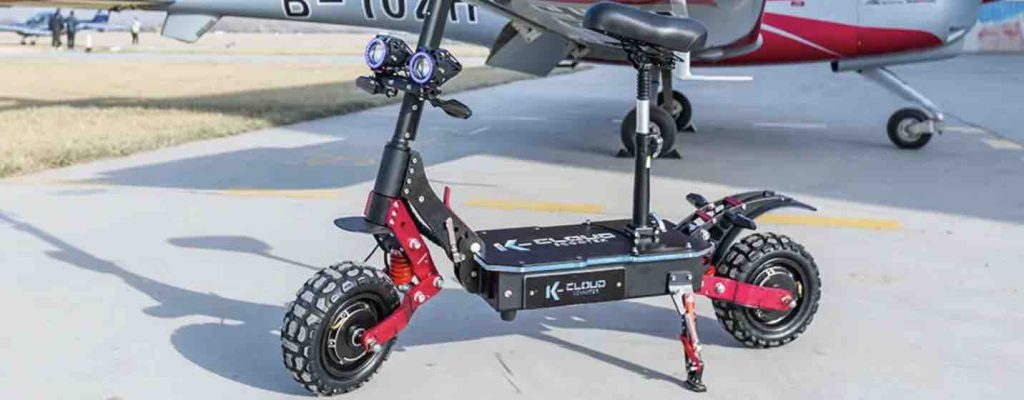
If you are reading this article on all about electric bikes, obviously, you’re an e-bike fan like me, or maybe you are just curious as to what e-bikes (electric bikes) are.
Either one, stick around with me as we will cover every one of your concerns, starting with the types of electric bikes, what they are, how electric bike brakes work, and the most vital electric bike benefits. You name it. This, for sure, is going to be a very detailed guide.
Read also: 10 Things You Should Consider Before Purchasing An Electric Bike
All About e bike, Types of Electric Bikes, benefits & How they Work
You will agree with me that ebikes are an innovative and fun way to get around while maintaining an eco-friendly environment.
e-bikes (electric bikes) have become increasingly popular over the years as people look for a better, greener alternative when getting around.
An e-bike, also known as an electric bike, is simply a bicycle with an integrated motor and battery that gives riders extra power while making pedaling more enjoyable.

Before we delve fully into the specifics of all about electric bikes, let’s first briefly talk about the history of electric bikes. Although they were first invented in the late 1800s, e bikes weren’t widely popularized until the 1990s by this year, due to technological advances that make e-bikes easier and more affordable for riders of all abilities and ages, a lot of people bought into the idea.
And as of today, e-bikes popularity has become even more as a large percentage of people now use them as their default mode of transport – especially in developed cities where they serve as an alternative option to public transportation or cars.
Read this also: Photovoltaic Hybrid System: Hybrid Electric Vehicle Kinetic Photovoltaics.
What exactly is an e-bike (electric bake)?
E-bikes are bicycles equipped with an electric motor and battery to give their rider extra power. This motor assists the pedaling effort, making climbing hills or covering longer distances easier without feeling fatigued.
Let’s now examine the components of an e-bike. E-bikes include similar elements as traditional bicycles – wheels, brakes, gears, and a frame – but also include an electric motor, battery, and controller. The motor can be mounted anywhere on the bike but typically sits near the front, rear or middle; its battery usually is on the frame or rear rack, while its controller resides on the handlebars so riders can regulate power output accordingly.
What sets e-bikes apart from traditional bicycles? For starters, they feature an electric motor and battery that give them extra power. E-bikes tend to be heavier due to all these extra components, which may vary depending on the model. Furthermore, most e-bikes offer various levels of pedal assistance so riders can choose how much assistance they want from the motor.
Overall, e-bikes provide all of the advantages of cycling while adding extra power to remove the need to paddle the bike for motion.
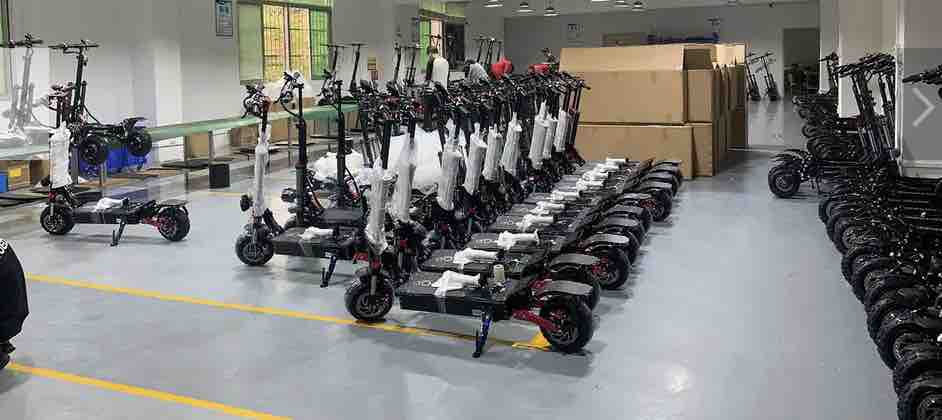
What Are The Types of electric bikes
Now that you know what electric bikes are and how they function, let’s take a look at the various types of e-bikes available in the market today.
So what are the types of electric bike and how do e bikes work?
Well, there are three primary types or classes of electric bikes, and each one has its specific set of regulations and specifications:
1. Class 1 e-bikes
Class 1 e-bikes are pedal-assist only, meaning the motor only assists when the rider is pedaling. These electric bicycles have a top speed of 20 miles per hour and are allowed on designated bike paths and trails.
2. Class 2 e-bikes
Class 2 e-bikes feature both a throttle and pedal assist, so riders can use the motor without pedaling. Furthermore, these electric bicycles have a top speed of 20 miles per hour and are allowed on bike paths and trails.
Class 3 e-bikes
This Class e-bike is similar to Class 1 e-bikes, but can reach speeds of 28 miles per hour with pedal assistance. While allowed on some bike lanes and trails, these electric bicycles may not be allowed elsewhere.
In addition to these three classes, there are other newer types of e-bikes that are designed for specific conditions. And some of the ones to have in mind are:
Electric mountain bikes (eMTBs) which is specifically designed for the off-road rider. I have specialized components designed for rough terrain.
Electric road bikes look similar to traditional road bicycles but feature an electric motor for extra assistance.
Folding e-bikes which are compact and portable, making them ideal for riders who wish to take their bike on public transportation.
Cargo e-bike: This can carry heavier loads, making them ideal for running errands or transporting goods.
So whether you’re searching for an enjoyable leisurely ride around town, an off-road adventure, or more practical transportation; the e-bikes provide an exciting and versatile option that appeals to cyclists of all kinds.
Electric bike benefits (Common e bike benefits)
Here are some of the common electric bike advantages or benefits of electric bike
E-bikes are an excellent option for those seeking a sustainable and healthy mode of transport that also provides convenience and economic advantages. Let us explore each of the advantages e-bikes have to offer in more detail.
First and foremost, e-bikes offer significant health advantages. While the motor assists with pedaling, cycling still serves as an effective form of exercise that promotes cardiovascular health, builds endurance, and strengthens muscles. Furthermore, e-bikes can be ideal for individuals who may lack the physical ability or confidence to ride traditional bikes; thus promoting a more active lifestyle and making cycling accessible to more people.
Secondly, e-bikes are an environmentally friendly transportation choice. They produce zero emissions and use much less energy than cars or other motorized vehicles do, so individuals can reduce their carbon footprint significantly and contribute towards mitigating climate change effects. E-bikes truly represent a sustainable and considerate choice.
Thirdly, e-bikes offer economic advantages. They’re much cheaper to operate than cars, with significantly lower fuel and maintenance expenses. Furthermore, e-bikes typically have longer lifespans than traditional bicycles, meaning you’ll need replacing them less frequently, further cutting back on long-term expenses. E-bikes can be an economical alternative to traditional modes of transportation.
Finally, e-bikes offer convenient transportation. Their motors allow riders to cover more ground quickly than traditional bicycles, making them a great option for commuting, running errands or exploring new areas. E-bikes can help alleviate traffic congestion and eliminate parking requirements – making them ideal for urban living where transportation options may be limited.
Finally, e-bikes offer numerous tangible and immeasurable advantages, such as improved health, environmental sustainability, cost efficiency and convenient transportation. By choosing an e-bike as your preferred mode of transport you can reap these rewards and more!
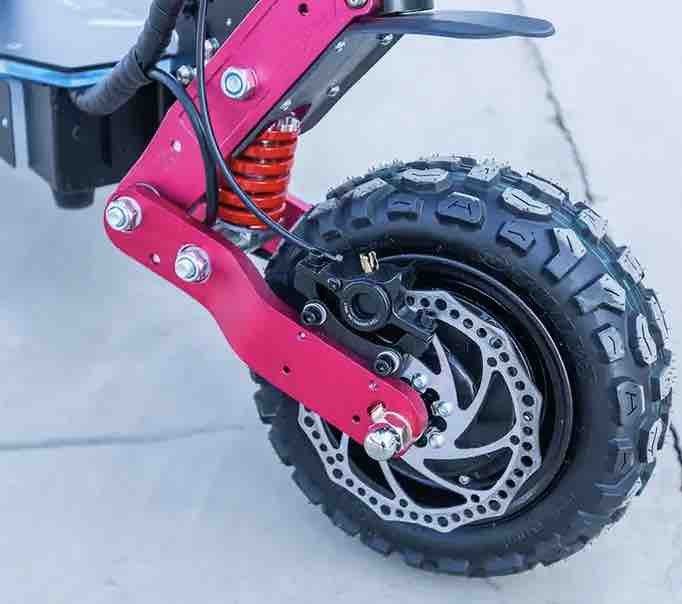
Cons/disadvantages of electric bikes
Electric bikes do have some disadvantages that riders should be aware of. Firstly, they tend to be pricier than traditional bicycles due to the motor and battery costs, plus they’re heavier, so they may be harder to move around. Furthermore, their range is limited by their battery, so charging may need to be done frequently. Furthermore, electric bikes require more upkeep due to additional components than traditional bicycles due to legal restrictions in certain places.
Here is a table showing a comparison of electric bike advantages and disadvantages
| Advantages of Electric Bikes | Disadvantages of Electric Bikes |
| Provide health benefits by making cycling accessible to more people | Can be more expensive than traditional bicycles |
| Produce zero emissions, making them an eco-friendly transportation option | Are generally heavier, making them harder to move around |
| Cheaper to operate than cars, with significantly lower fuel and maintenance costs | Have a limited range, requiring frequent recharging |
| Allow riders to travel farther and faster than traditional bicycles, making them convenient for commuting and running errands | Require more maintenance than traditional bicycles due to their additional components |
| Fun and easy to use, providing assistance while pedaling | May be subject to legal restrictions on usage in some areas |
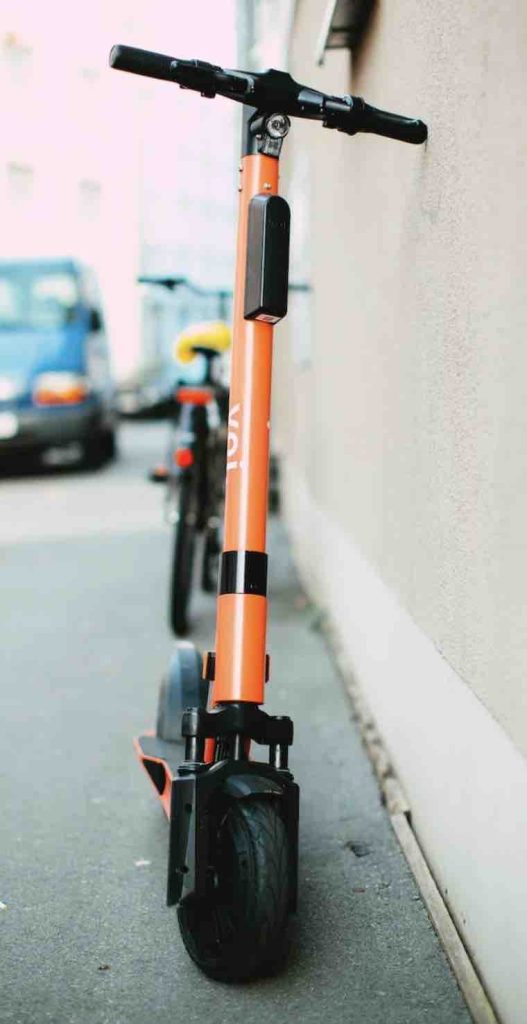
How to Select an Electric Bike that is suitable for you.
Selecting an e-bike can be confusing when you don’t know where to begin! Here’s some guidance on selecting the ideal model for you.
If you’re thinking about purchasing an e-bike, the decision can be daunting. But there are a few key considerations that will make the process simpler and guarantee you find an e-bike that meets all of your requirements.
What to Consider When Selecting an Electric Bike
Here are my tips for when shopping for your ebike! So when selecting an e-bike, it’s essential to take into account what you plan on using it for. For instance, do you plan on mainly using it for commuting or running errands around town? Or do you want to take it out on longer rides on weekends? Additionally, take into account the terrain you’ll be riding on; ifyou are living in a hilly area, then you may want to consider getting an e-bike with more power and a larger battery to help with steep inclines.
Similarly, if going off-road, then you might want to go for an ebike that has wider tires and extra suspension to handle rougher terrain better.
Additionally, you might have to consider the following.
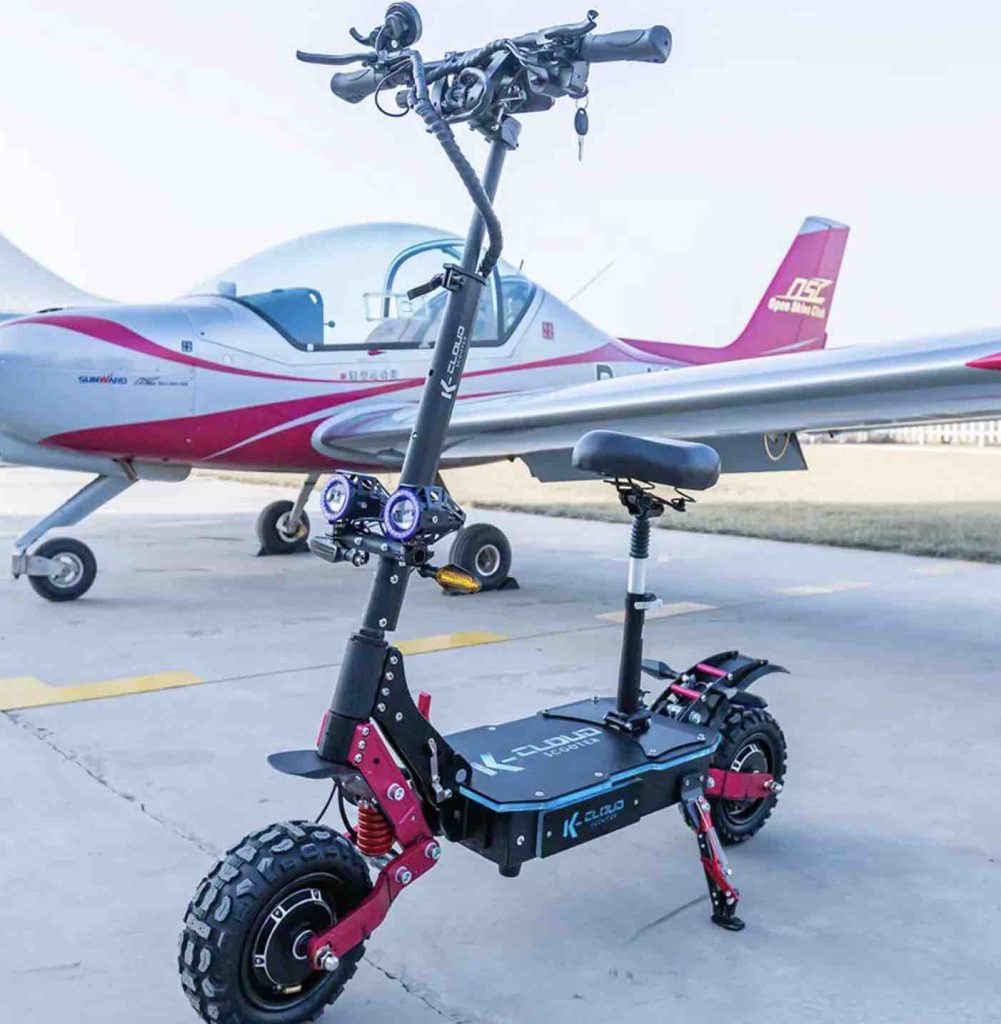
1. Budget Considerations
Another crucial element when selecting an e-bike is your budget. Prices for these bikes can range anywhere from several hundred dollars up to several thousand, so it’s essential that you select a price point that works for you. Keep in mind that while more expensive models may offer more features and better performance, there are also many budget-friendly alternatives that offer quality riding experiences at lower costs.
2. Always test-ride and research e-bikes before buying one.
Before making a purchase, it’s essential to test-ride several different e-bikes to get an understanding of the various types and models. This will give you an idea of which features and performance are important to you. Additionally, do your research on different brands and models to find which ones have the characteristics that best meet your requirements – this could involve reading reviews online, speaking to other e-bike owners, or visiting local bike shops to speak to experts.
3. Top Brands and Models to Consider
While there are many reliable e-bike brands on the market, Pedego, Rad Power Bikes, and Trek are some of the most well-known and highly rated. Recommended models include the Pedego City Commuter, Rad Power Bikes RadRover 5,and Trek Verve+ 2. However, remember that finding your ideal e-bike depends on individual needs and preferences; so do your research and test-ride several different brands and models until finding one that works best for you.
How to Ride an E-Bike
If you’re new to ebikes, it is essential that you become acquainted with how to safely and legally operate them. Here are some key considerations:
Safety Considerations
Safety should always come first when riding an e-bike. Always wear a helmet and obey traffic laws and signals, plus be aware of your surroundings by riding defensively. E-bikes tend to be faster than traditional bikes so be extra cautious in busy places or on crowded bike paths.

Tips for Riding an E-Bike
When riding an e-bike, it’s essential to become familiar with its handling and electric assist features. Start by practicing in a safe open area to become comfortable with the performance of your bicycle. Be mindful of how much battery life remains and how far you need to go in order to conserve power during long rides. Furthermore, remember that e-bikes tend to be heavier than traditional bicycles so be prepared to adjust your riding style and technique accordingly.
Laws and Regulations Related to E-Bikes
Are you wondering what the laws and regulations regarding e-bikes are? Keep reading to find out!
Different states and municipalities have differing laws and regulations regarding e-bikes, so it’s essential to become knowledgeable about them in your area. Generally, e-bikes must follow the same traffic laws and regulations as traditional bikes but may have additional requirements such as speed limits or helmet use. Furthermore, different types of e-bikes may have differing restrictions based on their power or speed capabilities. Before riding an e-bike, make sure you understand all local laws and regulations so as to avoid any legal issues down the line.
Maintenance and upkeep for e-bikes
Like any bike, e-bikes need regular maintenance and upkeep to stay running optimally. Here are some important considerations:
1. Standard Maintenance and Upkeep
Maintain the condition of your electric bike by performing basic maintenance tasks such as cleaning the bike, inspecting brakes and tires, and making sure the chain is lubricated. You should also regularly check electrical components like displays and controls to make sure they’re functioning optimally.
2. Battery Care and Replacement
Battery care and replacement should always be part of any smart battery owner’s maintenance routine.
The e-bike battery being one of the most vital parts of an e-bike, makes it essential to take good care of it. To extend e-bike battery lifespan, you have to avoid storing it at extreme temperatures condition, whether it is hot or cold, and alsoavoid fully discharging the battery on a regular. When replacing a battery, make sure you purchase from a trustworthy dealer and follow all manufacturer’s instructions for installation.
3. Repairs and Servicing
If your e-bike requires repairs or servicing, it’s best to take it to a professional bike shop or an e-bike specialist. Some minor fixes, such as replacing tires or adjusting brakes, can be done at home with proper tools and instructions; however, more complex issues with electrical components should be left to professionals. It is also wise to have your e-bike serviced periodically in order to keep it in top working condition and catch any potential issues before they escalate into bigger issues.
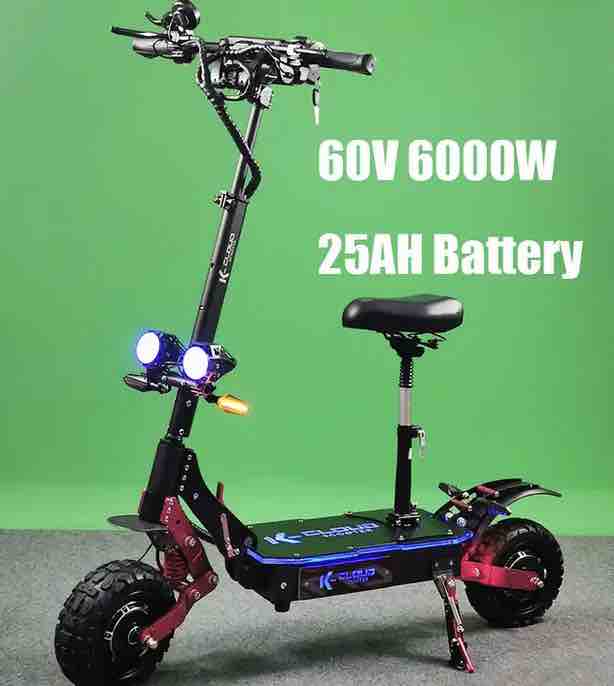
Types of electric bike battery
There are several types of electric bike batteries but the 3 wider known ones are as follows:
Lithium-ion (Li-on) Batteries:
So, Lithium batteries happen to be one the most popular choice for a lot of electric bikes rider due to their high energy density and longer lifespan.
Nickel-metal hydride (NiMH):
when it comes to NiMH batteries, they are less common than Li-ion Batteries but are a little more cost-effective. For me, their price point is affordable.
Lead-acid:
Lead-acid batteries are not the go-to choice for a lot of ebike riders because they are heavy and not very efficient.
Although Lead-acid batteries are heavier and less efficient than other types of batteries, I will say that they can be a good choice for those on a very tight budget.

FAQ:
What to Consider Before Purchasing an E-bike?
Before investing in an e-bike, weigh your riding needs, budget, and the various types available. Test ride and research different brands before making your purchase; opt for one with excellent customer support if possible.
What’s the difference between an e-bike and an electric bike?
They are identical – e-bikes are bicycles equipped with electric motors that offer assistance to riders.
What makes e-bikes special?
E-bikes provide numerous advantages, including improved health, reduced environmental impact, and economic savings. Not to mention they’re an enjoyable and accessible way to get around!
What are the drawbacks of e-bikes?
The primary disadvantages of e-bikes include their cost, weight, and limited range compared to traditional bicycles. Plus,they require charging and upkeep for their batteries.
What are the 3 Classes of eBikes?
E-bikes come in three varieties: Class 1, Class 2, and Class 3. Class 1 provides pedal assist up to 20mph, Class 2 provides both pedal assist and throttle capability up to 20 mph, and Class 3 provides pedal assist up to 28mph.
Do electric bikes charge when you pedal?
Yes, bikes with pedal-assist systems can charge the battery while you ride. This process is known as regenerative braking,and it captures energy from braking and converts it to electricity to recharge the battery.
Do You Have to Peddle an Electric Bike?
Most electric bikes require pedaling, as they come equipped with a pedal-assist system that provides assistance. On some models however, you may also find a throttle which allows the rider to control speed without using their feet.
How Do Electric Bike Brakes Work?
Electric bike brakes function similarly to traditional bicycle brakes, applying pressure on brake pads that press against rim or disc to slow or stop the bike. Some electric bikes also feature regenerative braking which captures energy from braking and uses it for battery recharge.
How electric bike works animation?
Online you can find several animations that demonstrate the inner workings of an electric bike. These typically show how the motor, battery and controller function together to provide assistance to riders as well as how pedal-assist and throttle systems function. These visual aids can be invaluable when trying to comprehend all of the technical details surrounding electric bikes.
How do electric bikes work on hills?
Electric bikes use a motor to provide assistance to their riders, making it easier to pedal uphill. The level of assistance may differ depending on the model and settings; most have an automatic pedal assist system while others may feature a throttle that allows users to control the level of assistance manually. Furthermore, some have special hill-climbing modes which offer extra power when climbing steep inclines.
Conclusion on the electric bike workings:
E-bikes provide an eco-friendly, fun way to get around. They come in various types and provide numerous advantages like improved health, reduced environmental impact, and economic savings. Thanks to advances in technology and growing interest in sustainable transportation options, the future of e-bikes looks bright. If you haven’t yet tried one out, we urge you to give it a try and experience the joy of cycling with some extra assistance! I belief you on all about e bikes and I hope this post on all about electric bikes, the various types of electric bike, how do e bikes work , and electric bike benefits were helpful to you. Please share if it helped. electric bike working
Related articles:
